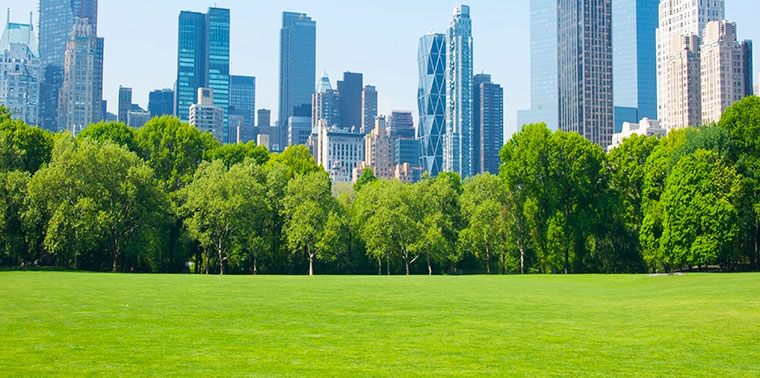
New research reveals that the length of our work hours can significantly influence how we use and appreciate urban green spaces. People who work longer hours tend to prioritize features that support physical activity, like playgrounds and running tracks, while those with shorter work hours prefer more aesthetic and social elements, such as sculptures and seating areas. This insights could help city planners design greener, more inclusive public spaces that cater to diverse community needs. Urban green spaces play a crucial role in promoting physical and mental well-being, and understanding how different user groups engage with these areas is essential for building more equitable and livable cities.
Shifting Preferences for Green Spaces
The study, conducted by researchers at Northwest University in China, examined how the length of people’s work hours influences their preferences for the specific features, or “micro-features,” of small urban green spaces (SUGS). SUGS are green areas that are easily accessible to nearby residents, in contrast to larger, more distant parks.
The researchers divided participants into three groups based on their average daily work hours: 0-8 hours, 8-10 hours, and more than 10 hours. They then asked the participants to rate a series of photographs depicting different SUGS micro-features, such as trees, playgrounds, and seating areas.
The findings reveal a clear trend: as work hours increased, so did the demand for features that support physical activity and exercise. While people who worked 0-8 hours tended to value aesthetic and social elements, like sculptures and shaded seating areas, those working 8-10 hours prioritized practical features like lighting and restrooms. Participants working more than 10 hours showed the strongest preference for active recreation facilities, such as playgrounds and running tracks.
Designing for Diverse Needs
These distinctions in green space preferences highlight the importance of considering the varied needs and lifestyles of urban residents when planning and designing public green spaces. City planners must create a balance of features that cater to the differing requirements of communities with diverse socioeconomic and occupational backgrounds.
Unlocking the Benefits of Urban Greening
The study’s findings underscore the crucial role that urban green spaces play in promoting the health and well-being of city dwellers. By understanding how work hours shape green space preferences, planners can create more inclusive and accessible public areas that encourage physical activity, social interaction, and connection with nature – all of which are essential for improving the overall quality of life in urban environments.
As our cities continue to grow and evolve, ensuring equitable access to high-quality green spaces will be a key challenge. This research provides valuable insights that can help guide the design and development of urban green spaces, ultimately contributing to the creation of more livable and sustainable cities.
Author credit: This article is based on research by Lei Wang, Lina Shen, Huajun Liu.
For More Related Articles Click Here
